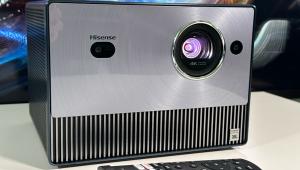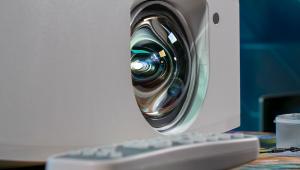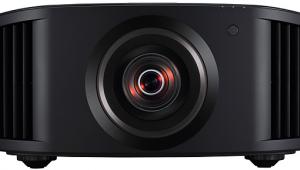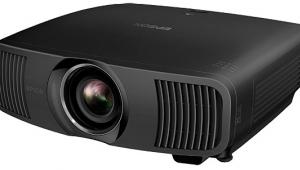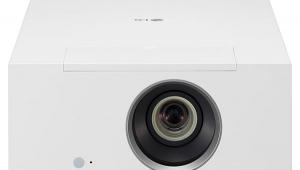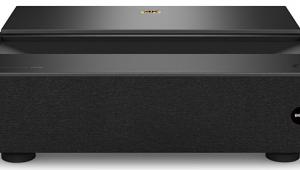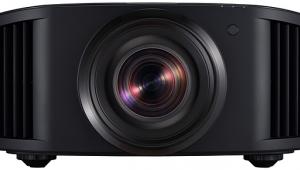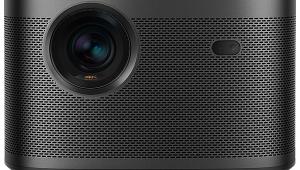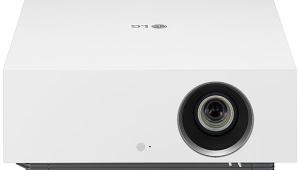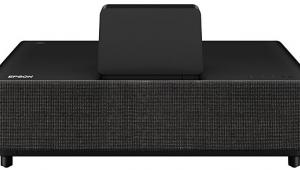Face-Off: Sony VPL-VW285ES vs. JVC DLA-X790R
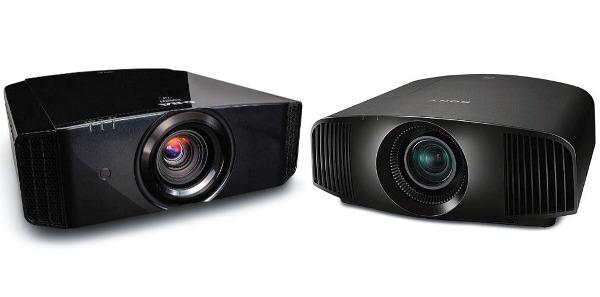
To perform the comparison, I linked the two projectors to my Oppo UDP-203 Ultra HD Blu-ray player through an AVPro 4K-capable splitter. I had to make a few tweaks to get the two projectors to match as closely as possible, including turning the Sony’s Contrast Enhancer to High for SDR sources (During my review, I had used Low for SDR, Medium or High for HDR). After that, the two looked remarkably similar on HD/SDR material, though not identical. The differences varied a bit from scene to scene. Sometimes, the Sony looked better; other times, the JVC. A contrast-enhancement feature like the Sony’s is typically dynamic in nature and could account for that. The JVC doesn’t have such a control, nor did it appear to need one, though it benefitted from its automatic iris function. In any event, without its Contrast Enhancer, the Sony couldn’t keep pace with the JVC.
HD/SDR
Watching Unbroken, I marginally preferred the Sony’s color; it was a little less warm on fleshtones. But the JVC was arguably sharper, if not by much. Yes, the 1080p JVC projector nudged the full native 4K Sony on this disc — with the native 2K source displayed on the JVC with its e-shift5 turned off, and the source upconverted by the Sony to its native 4K imaging chips.)
There was much greater distance between the two in black levels as viewed on fades to full black or in very dark scenes: The JVC was clearly the king, here. In black areas on otherwise bright scenes, though, they edged much closer. There are two possible reasons for this, neither under the direct control of either projector. My room, while fully darkened, isn’t totally black, particularly the ceiling. But probably more significant is this: With a picture that’s partially dark and partially light, the bright areas force your pupils to narrow, thus making them less sensitive to the dark areas. Still, the JVC often looked a little richer than the Sony even on brighter scenes, and while Unbroken isn’t a pristine transfer, I’d have to give the face-off here to the JVC by a nose.
The differences were more difficult to see and describe on the animated Frozen. The depth of the JVC’s blacks rarely showed up directly here, but it still helped enhance the overall image, rendering it slightly richer than the Sony’s. But not by much, and the Sony offered a bit more detail. This was hard to spot initially but was sometimes visible in characters and objects that were distant and small but well focused. Fleshtones also looked a bit smoother than on the JVC. While one might argue that such slickness also made characters’ faces look subtly plastic and artificial (which, of course, they are, being computer generated!), it also made them a shade more dimensional and pleasing. This was more than likely the result of the Sony’s finer pixel structure. Sony wins here, by a different nose.
On Prometheus, I noticed slight but clear differences in color between the two projectors. (I had seen this in Frozen as well, though it was less obvious there.) The JVC was a little cooler, the Sony warmer. But this might have been nothing more than a result of calibration, and I didn’t find the HD/SDR color differences significant. The black levels, however, were. It was impossible not to see that the Sony’s blacks and shadow detail couldn’t keep up with the JVC’s in this film’s many dark, gloomy cave scenes. It was a clear take for the JVC, and not a subtle one.
UHD/HDR
In my review of the JVC, I mentioned a dark scene in Life of Pi (chapter 21, at 1:23:46) where Pi’s face is obscured, except for his eyes. The Sony did provide more detail in his face here &mdash but in the process, it lightened up the dark image enough to give it a slightly blanched look. The JVC made up for this one odd scene with consistently superior blacks.
Even with the Sony’s HDR Contrast control bumped up to near maximum, it couldn’t match the HDR punch of the JVC. Yes, the JVC could sometimes edge closer to visible clipping, but this was rarely distracting.
And the Winner Is…
Overall, I have to give the nod to the JVC. But the Sony is still a first-rate projector, and it’s a not insignificant $1,000 cheaper. And of course, it's native 4K.


